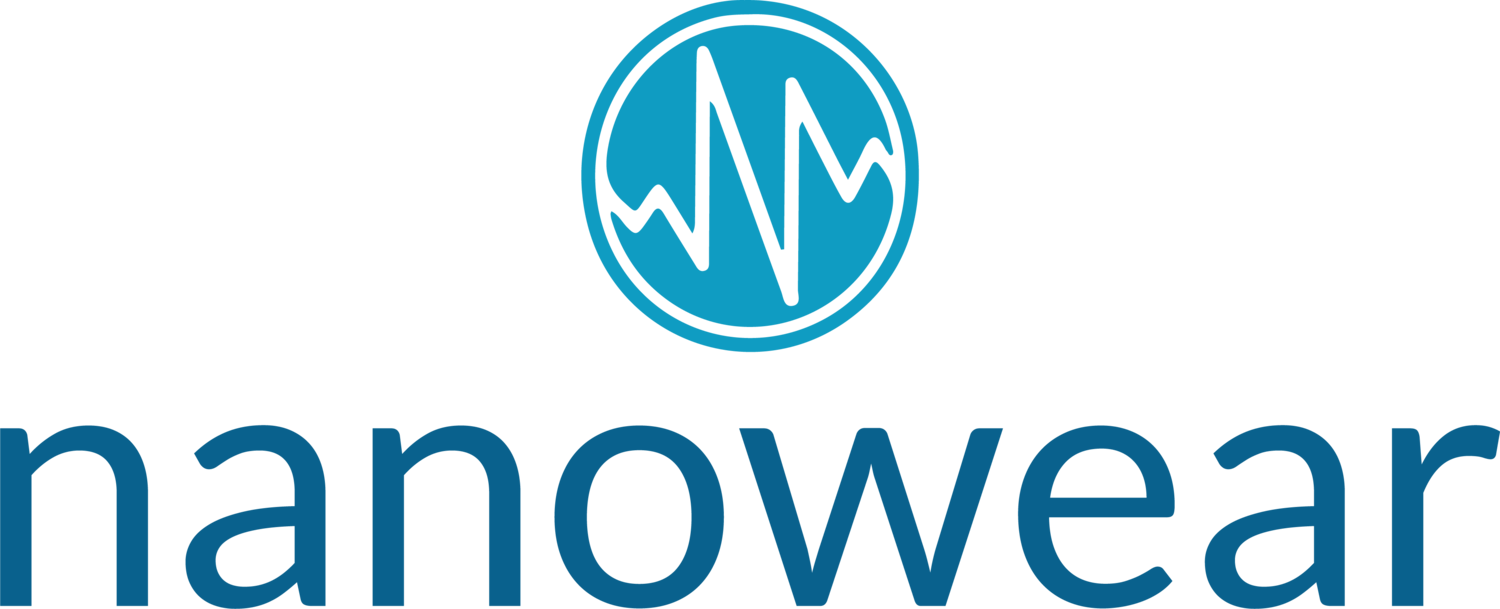What is a Patent?
At Nanowear, we are familiar with patents. With 10 already under our belt, our R&D team keeps busy. To learn more about patents, we sat down with Mouli Ramasamy, our Head of IP.
What is a patent / why would you need it?
A patent is a statutory right for a novel invention granted to the assignee in exchange for full disclosure to protect the invention and prevent others from making, using, selling, and importing the patented invention without consent. For an invention to be patentable, it must be statutory, novel, useful, and nonobvious. The importance and value of a patent - especially when you are actively innovating and inventing game-changing tech - cannot be trivialized. Patents safeguard inventions, help businesses grow, protect, and increase the valuation and market share of the company; and could provide new or additional sources of revenue. In other words, patents are a tangible measure of a company's tech, product, and R&D. Consequently, patents allow a company to retain the exclusive advantages of the resources invested by the company in its R&D and product development efforts for at least two decades following the grant of a patent.
What is the process to receive a patent?
To receive a patent, a person must ensure that the idea or invention is patentable, which requires that the invention is fully developed and no one else has already patented it. Generally one would want to first determine which type of patent to pursue. There are several different types of IP protection, including patents, trademarks, copyrights, and trade secrets. Hence, it's essential to decide the type of IP protection that best serves the invention or product’s purpose. A general patent roadmap and strategy can be summarized as follows:
Patentability: For an invention to be patentable, it must be statutory, novel, useful, and nonobvious. Generally, a significant amount of research and patent searching is required to make sure that the idea or invention is patentable.
Type of patent: Depending on the invention, a utility patent, a design patent, a plant patent, a software patent, or a combination of these are typically applicable.
Application and filing: The first step is to develop a specific application strategy for the invention that aligns with the overall IP and business strategy. For example, if a utility or plant patent is the objective, it is important to determine whether a provisional or non-provisional application needs to be pursued needs. Similarly, a determination of the amount of disclosure in a patent is necessary.
Filing and approval: If your patent examiner at the USPTO finds that the patent application meets the patentability requirements, a notice of allowance is issued. This is followed by an issue fee or a publication fee, which is followed by the final grant.
Maintenance: For utility patents, once a patent has been granted it must be maintained beyond four, eight, and twelve years after the issue date, which requires maintenance fees.
How long can this take? What are the holdups?
From the inception of an idea to a patent being granted, the process can take anywhere between 2 – 4 years. Of course, this also depends on several other factors, including technicality and complexity of the invention, current USPTO wait times, etc.
What is the most exciting patent / approval you have worked on?
Every patent application I have worked on has been fascinating and challenging, to say the least. Nevertheless, one of the most exciting patents I have worked on is our granted Wearable Congestive Heart Failure Management product patent. I find the overall patent process itself to be very exciting as I have a very fun and dynamic role in the IP process that includes –
Promoting and facilitating idea generation with the cross-functional teams and IP counsels according to the IP and business strategy.
Managing the entire patent lifecycle from leading brainstorming sessions and collecting new ideas to facilitating decision-making, as well as managing outside counsel patent application preparation and prosecution.
What's next?
At Nanowear, we are entering an exciting phase where all the tremendous R&D and product development efforts come to fruition with back-to-back FDA approvals and commercialization of our first product, SimpleSense. We are already utilizing our proprietary Nanosensor and AI-based technology in this product, which is so thrilling to see our work in the lab come to life in reality. We continue to enhance the product and the technology behind it which continues to be a tremendous amount of R&D work leading to patent filings.
All our granted patents and pending applications are meaningful and differentiating based on the reasons for allowance. We continue to dedicate time to the patent process as we continue to innovate and improve our product / device-based patents, and AI / ML -based patents. We expect to see many more Nanowear specific patents to be submitted, and I personally look forward to the exciting work on those.
-Mouli Ramasamy, PhD

